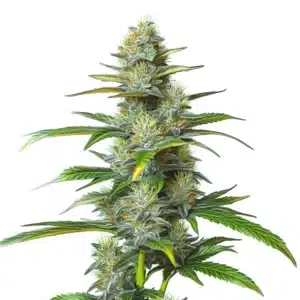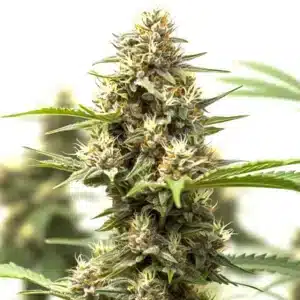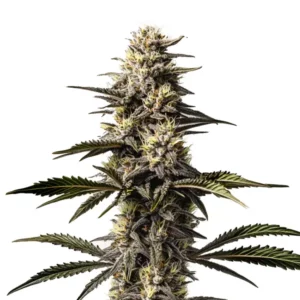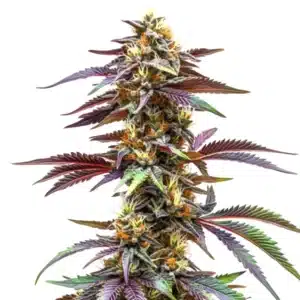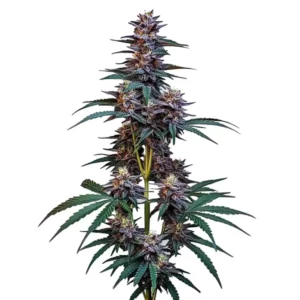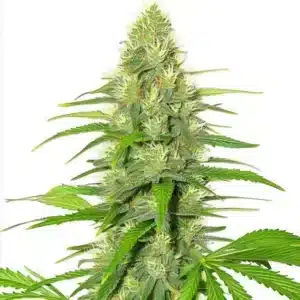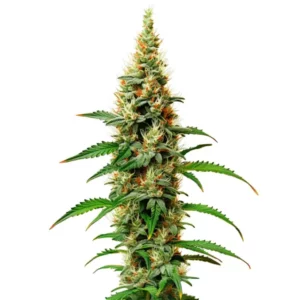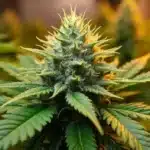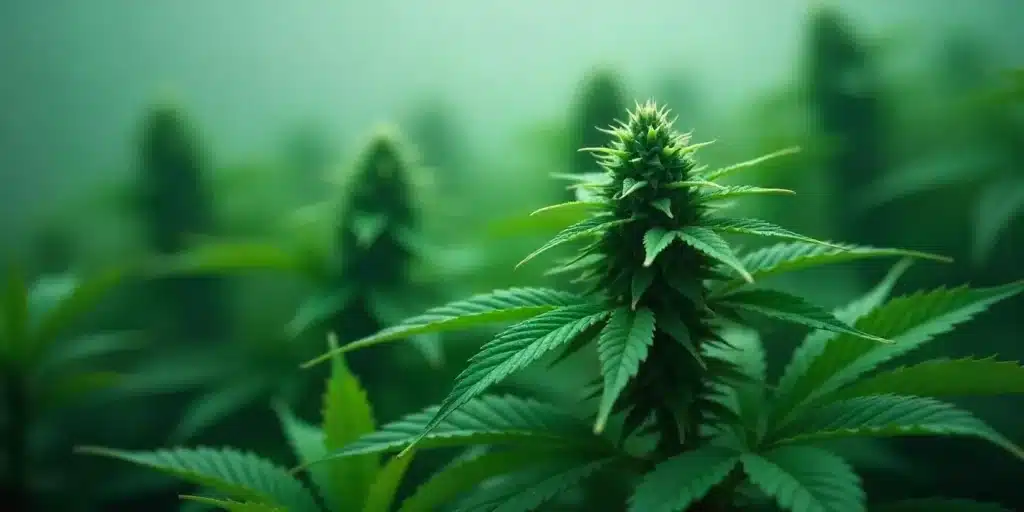
White Color Weed: A Detailed Look for Growers and Buyers
When you see a white coating on your weed, it could be a sign of something good or something bad. That frosty, crystal-like layer might be trichomes, the sticky resin glands responsible for cannabis’s strength and signature sparkle. But be careful, the fungus known as powdery mildew can also show up as a white, fuzzy coating that looks like resin from a distance. If it looks dusty, can be wiped off, and usually comes with a musty odor, it’s likely mold.
“Weed that looks white” usually describes cannabis buds with a frosty, pale coating, caused by a dense layer of trichomes — the tiny, sticky glands packed with cannabinoids and aromatic terpenes. This snowy look is often linked to powerhouse strains like White Widow, famous for their strong THC content and hard-hitting effects. The white hue isn’t just eye-catching; it often signals the plant’s potency. Still, it’s important to tell the difference between healthy white trichomes and harmful mold, which can also show up white or gray and often carries a musty odor.
Recommended Strains
Moby Dick
|
|
THC | 24% - 27% (High) |
|
|
Type | Feminized |
|
|
Yield | High |
|
|
Phenotype | 40% Indica / 60% Sativa |
Moby Dick Autoflower
|
|
THC | 16% - 20% (Medium) |
|
|
Type | Autoflowering |
|
|
Yield | Medium |
|
|
Phenotype | 40% Indica / 60% Sativa |
White color weed stands out from other cannabis varieties due to its distinctive pale hue. This coloration isn’t just for show; it often signifies a high cannabinoid content, making these strains sought after by both first-time cannabis seed buyers and experienced growers.
For many, the appeal of white color weed goes beyond its aesthetic. These strains are known for their potent effects and unique growth characteristics. This article will delve into the specifics of these fascinating plants, from identification to treatment, and how they interact with their surroundings.
We’ll also discuss three particular strains from Blimburn Seeds that exemplify the best of what white color weed has to offer. By the end, you’ll have a solid understanding of how to work with these unique plants in your own garden.
White Color Weed Identification Guide
Identifying white color weed isn’t too difficult, but knowing what to look for can be a big help. These plants are most notable for their buds and leaves, which are coated in a thick layer of white crystals. These are actually glandular trichomes, tiny resin glands that hold the majority of the plant’s cannabinoids. It’s a common misconception that these plants are actually white. In reality, the plant and its leaves are green, but they produce such an extraordinarily dense layer of white resin trichomes that they appear white from a distance.
The white color extends to the plant’s buds, which are often dense and frosty. The texture of the buds is often described as having a “frosty” or “sugared” look, due to the high density of trichomes which give the bud a sparkling appearance.
It is also worth noting that not all high-quality cannabis appears white. Some potent varieties are distinguished by being more ‘hairy,’ covered in dense pistils that turn orange or amber as they mature, giving the flowers a different but equally appealing look.
Following a white color weed identification guide can simplify the process even more. Photos and descriptions can help you differentiate between strains, ensuring you are cultivating or consuming the strain you intended.
Promos & Deals
Causes of White Color in Weed Plants
The white color in weed plants is not a result of disease or malnutrition, but rather a natural genetic variation. Some strains of cannabis naturally produce more trichomes than others, leading to a frostier appearance. The high trichome production is often associated with higher levels of cannabinoids, including THC and CBD.
The genetic factors that cause white coloration are often sought after by breeders. Strains like White Widow, White Rhino, and Moby Dick from Blimburn Seeds are all popular for their high trichome production and potent effects. In fact, there is an entire ‘White’ family of cannabis genetics, with White Widow being a cornerstone. These strains are highly valued by breeders not just for their potency, but because they are excellent for stabilizing genetic crosses and passing on their heavy resin production to new hybrids.
This desirable white appearance should not be confused with true albino cannabis plants. Albinism is a rare genetic mutation where the plant cannot produce chlorophyll, resulting in completely white leaves and stems. Unlike the healthy, trichome-rich ‘white’ strains, albino plants are typically weak and do not survive long due to this chlorophyll issue.
It’s also worth noting that environmental conditions can influence the trichome production in cannabis plants. Factors such as light intensity, temperature, and humidity can all play a role in determining how frosty your white color weed plants will look.
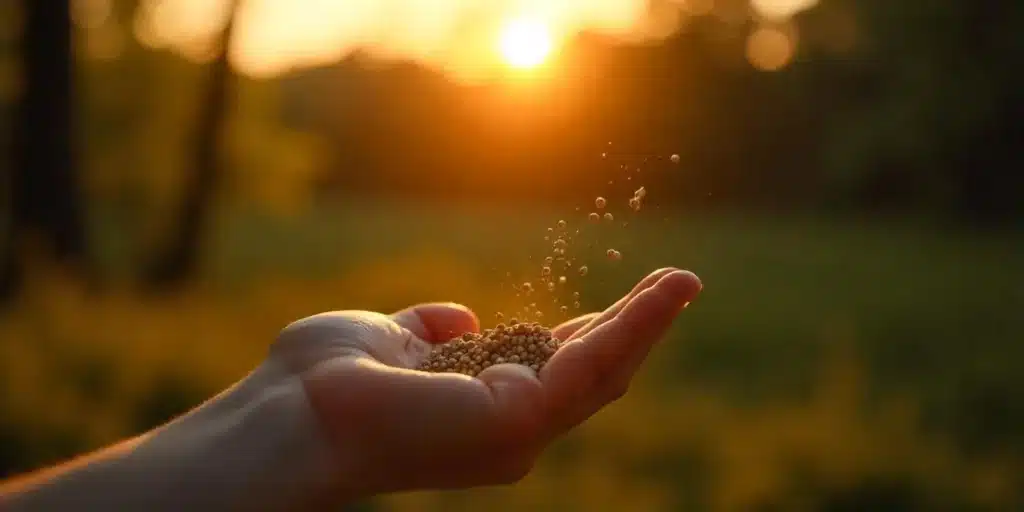
How to Treat White Colored Weed
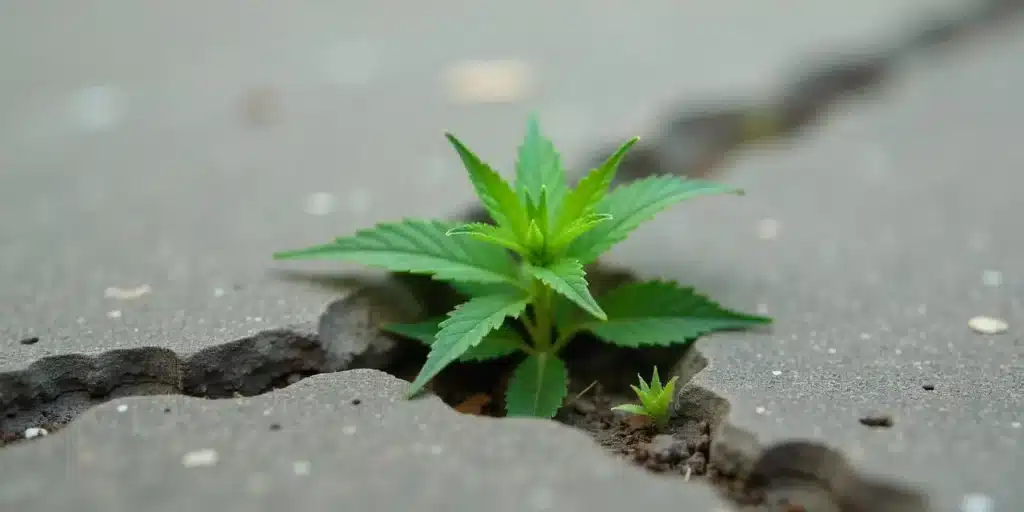
White colored weed plants require the same basic care as other cannabis varieties. They need a healthy balance of light, water, and nutrients to thrive. However, due to their high trichome production, these plants may also require additional care to ensure that they produce high-quality buds.
One effective strategy is to provide your plants with a cool, dry environment during the final weeks of flowering. This can help to boost trichome production. Regular pruning can also be beneficial, as it allows more light to reach the lower parts of the plant. Good airflow is your best ally against the humidity that fungi love. Wind is the best enemy of white fungus, so ensuring your plants have a gentle but consistent breeze from oscillating fans is crucial for prevention.
A highly recommended technique, especially for dense plants, is ‘lollipopping.’ This involves leaving the stem clean of all branches and leaves for the first 60 cm (about 2 feet) from the soil. The lower branches rarely get enough light to produce quality buds and their proximity to the soil makes them a potential bridge for pests and diseases. Clearing this area dramatically improves airflow and focuses the plant’s energy on the top colas.
When considering how to cultivate white colored weed, it’s also important to monitor your plant’s nutrient intake. These strains can be particularly sensitive to overfeeding. Start with a light feeding schedule and gradually increase the nutrients as your plants grow and develop. Another key aspect to consider is pest management. While the thick layer of trichomes can act as a natural deterrent, they can still be susceptible to common cannabis pests.
FAQ
What is the best way to grow white color weed?
The best way to grow white color weed largely depends on your specific needs and circumstances. However, most growers find success using a combination of indoor and outdoor growing techniques. It’s important to provide your plants with plenty of light, water, and nutrients. Regular pruning can also help to improve the quality of your buds. Many white strains prefer cooler temperatures, especially during the night cycle. This can help to boost trichome production and enhance the plant’s potency.
Can white color weed be used for medicinal purposes?
Yes, many strains of white color weed are high in both THC and CBD, making them ideal for medicinal use. These cannabinoids have been shown to have a number of therapeutic benefits, including pain relief, reduced inflammation, and improved sleep quality. Always talk to a healthcare professional before starting any new treatment regimen.
Are there any negative effects of white color weed?
Like all cannabis strains, white color weed can have negative effects if consumed in excess. These can include paranoia, anxiety, and impaired motor skills. It’s always important to consume cannabis responsibly and be aware of your limits. If you’re new to cannabis, consider starting with a strain that has a lower THC content.
Where can I buy seeds for white color weed?
You can buy seeds for white color weed from a number of sources, but one of the most reliable is blimburnseeds.com. They offer a wide selection of high-quality seeds, including popular white strains like White Widow, White Rhino, and Moby Dick. When buying seeds, it’s important to ensure that they are high-quality and from a reputable source.
Can I grow white color weed in any climate?
While white color weed can be grown in a variety of climates, it tends to do best in mild to cool environments. These strains typically have a high tolerance for cold temperatures, making them ideal for growers in cooler regions. However, these plants still need plenty of sunlight to thrive. If you’re growing in a colder climate, consider using a greenhouse or indoor growing setup to provide your plants with the light they need.



